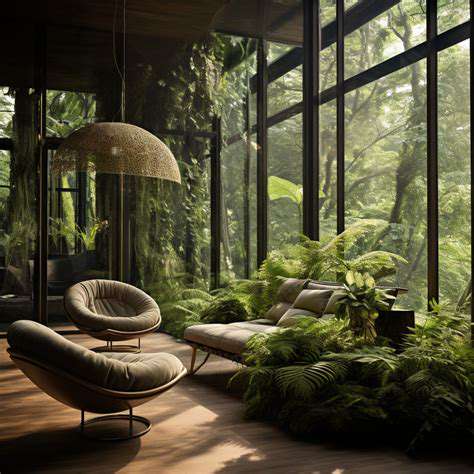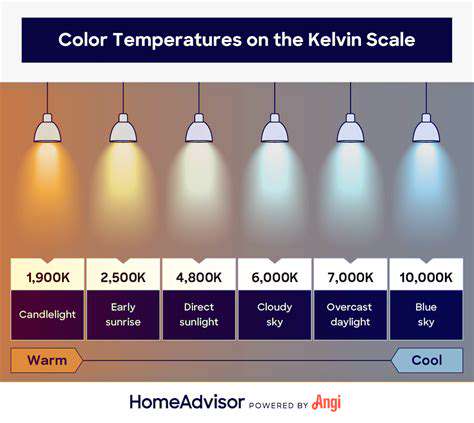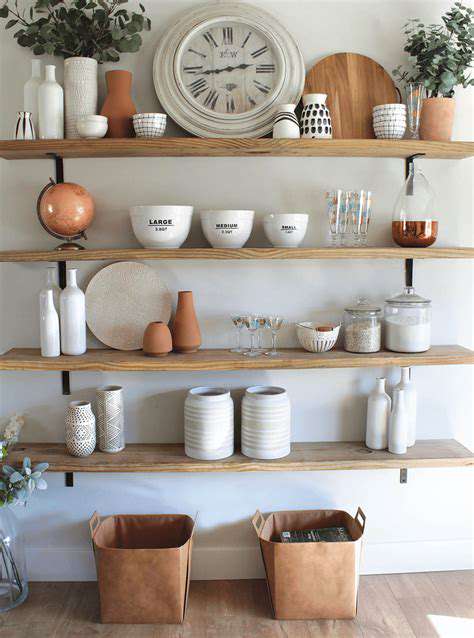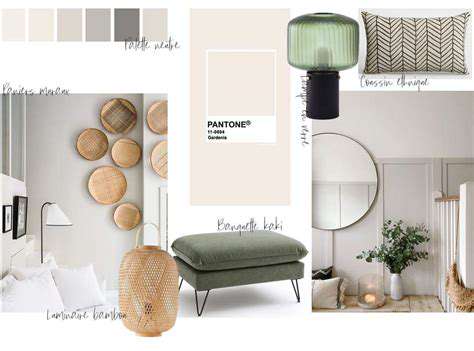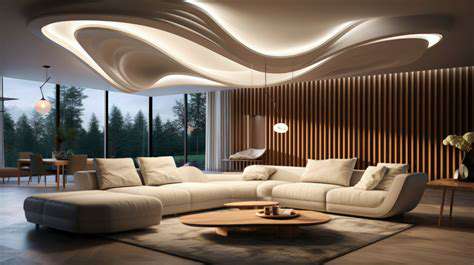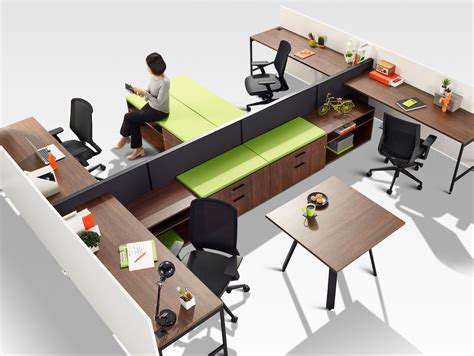How to Create a Multi Purpose Room That Balances Home Gym and Media Functions
Contents
Assess available space for gym equipment and media setups.
Create distinct zones for gym and media functions using furniture.
Select versatile furniture that serves dual purposes effectively.
Utilize vertical space for storage to keep the room organized.
Choose multipurpose equipment tailored to your workout and media needs.
Incorporate smart technology to enhance functionality and convenience.
Optimize lighting and sound for different activities in the room.
Choose a cohesive color palette to inspire and unify the space.
Add personal touches to reflect your style throughout the room.
Invest wisely in technology to ensure it meets your needs effectively.
1. Determine Your Space and Layout
Assessing Available Space for Optimal Usage
Before sketching your layout, grab a tape measure and note every dimension. Pay attention to natural light patterns - morning sun might dictate treadmill placement to avoid glare on screens. Pro tip: Use painter's tape to mark equipment footprints on the floor - this physical visualization beats digital tools for spatial awareness. Don't forget to map electrical outlets; your Peloton and home theater system will thank you later.
Creating Distinct Zones for Gym and Media
I once helped a client transform their 300sqft studio using modular room dividers. We installed sound-absorbing panels that doubled as display shelves - perfect for storing resistance bands and Blu-ray collections. The key is creating visual separation without physical barriers - try using contrasting floor textures like rubber tiles for workout areas versus plush rugs for media zones.
Incorporating Versatile Furniture Solutions
My personal favorite? A hydraulic lift coffee table that rises to bar height for standing desk workouts. Look for pieces with hidden compartments - that sleek media console could house collapsible dumbbells. Remember: every surface should serve at least two functions - your weight bench might moonlight as extra seating during movie marathons.
Making Use of Vertical Space
When designing my own multi-functional space, I installed ceiling-mounted TRX straps that tuck away when not in use. Magnetic wall panels hold everything from yoga blocks to remote controls. Pro tip: Use vertical storage to create activity columns - one wall for fitness gear, another for entertainment tech.
2. Select Multipurpose Equipment and Furniture
Understanding Your Space Requirements
Measure twice, buy once - but also consider movement paths. Leave at least 3ft clearance around equipment. Test imaginary workouts - will that lateral lunge knock over your soundbar? I recommend creating activity templates with cardboard cutouts before purchasing big-ticket items.
Choosing Versatile Furniture
The best investment I've seen? A convertible sofa with built-in cooling fans and USB ports. When flipped, it becomes a padded workout mat with alignment markers. Look for nesting tables that stack neatly but separate for snack stations during movie nights.
Selecting Quality Gym Equipment
Skip the bulky machines - adjustable kettlebells (5-50lbs in one) and suspension trainers offer full-body workouts. My clients swear by foldable weight benches that convert into media consoles - just add sliding panels to hide the sweat marks!
Incorporating Technology for Media Functions
Here's a game-changer: motorized TV mounts that swing from cardio zone to recovery area. Pair with voice-controlled blinds that darken for screen time. Wireless subwoofers hidden in storage ottomans deliver theater-quality bass without tripping hazards.
Storage Solutions that Optimize Space
Try magnetic knife strips for small weights - yes, it works! I've used over-door shoe organizers to store resistance bands and HDMI cables. Pro tip: Color-code storage bins - blue for workout gear, black for media accessories.
3. Optimize Lighting and Sound

Lighting for Functionality
Install motion-activated under-cabinet lighting - perfect for late-night hydration runs without blinding glare. For HIIT sessions, I prefer daylight-spectrum LEDs at 5000K - they mimic outdoor conditions for better performance.
Soundproofing Strategies
Acoustic wall panels don't have to be ugly - I've used printed fabric covers showing motivational quotes. Heavy curtains with blackout lining serve triple duty: light control, noise reduction, and hiding equipment when guests visit.
Smart Lighting Solutions
Programmable LED strips can create custom light scenes - try Boxing Mode with red accent lighting or Yoga Flow with slowly shifting sunrise hues. Sync them with your workout playlist for immersive experiences.
4. Incorporate Smart Technology
Smart Home Integration
My current setup uses Alexa routines that:
1. Lower blackout shades
2. Start air purifier
3. Queue up Peloton class
All with Alexa, let's sweat!
Implementing Smart Fitness Equipment
The Mirror has nothing on my DIY solution: a 4K TV with camera-based form analysis software. Total cost? Under $800. Pro tip: Use privacy screens when not working out to prevent accidental broadcasts.
5. Decorate with a Cohesive Theme
Choose a Color Palette That Inspires
I'm currently obsessed with terrazzo patterns - they hide scuff marks beautifully. Use high-gloss paint on accent walls to reflect light and make spaces feel larger.
Add Personal Touches
Frame your old race bibs as wall art. Use custom decals on equipment - my Peloton displays Pain is Temporary, Netflix is Forever. The goal: Create a space that energizes and entertains in equal measure.
Read more about How to Create a Multi Purpose Room That Balances Home Gym and Media Functions
Hot Recommendations
- Tips for a Living Room Renovation That Merges Modern Style with Practicality
- Design a Modern Bathroom That Maximizes Space and Minimizes Risks
- Creative Living Room Ideas for Seamless TV Wall Integration and Dynamic Lighting
- Planning a Living Room with Impactful TV Backgrounds and Seating Options
- Innovative Bedroom Concepts to Transform Your Sleep and Storage Experience
- Modern Study Solutions for a Dual Purpose Office and Reading Area
- Modern Bathroom Ideas Featuring Wet Dry Separation and Safety Enhancements
- Expert Advice for Creating a Study That Supports Both Work and Personal Development
- Practical Bathroom Ideas for Enhancing Safety in Compact Areas
- Modern Children's Room Inspirations Focused on Color and Growth
